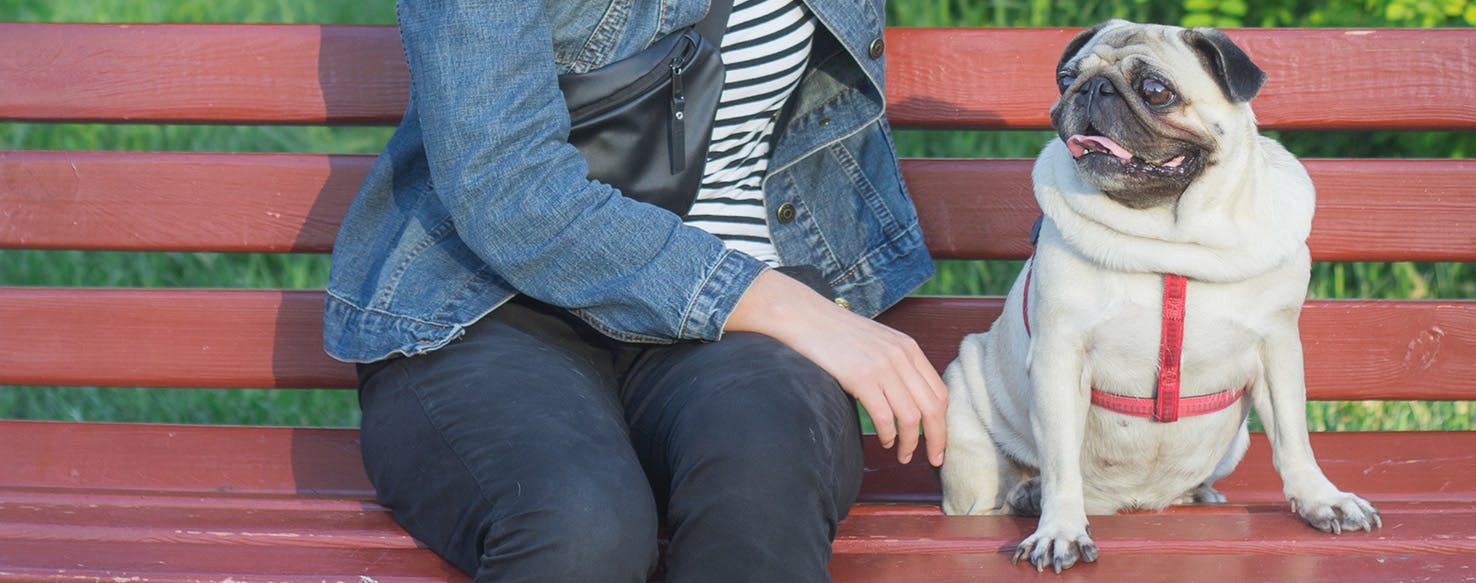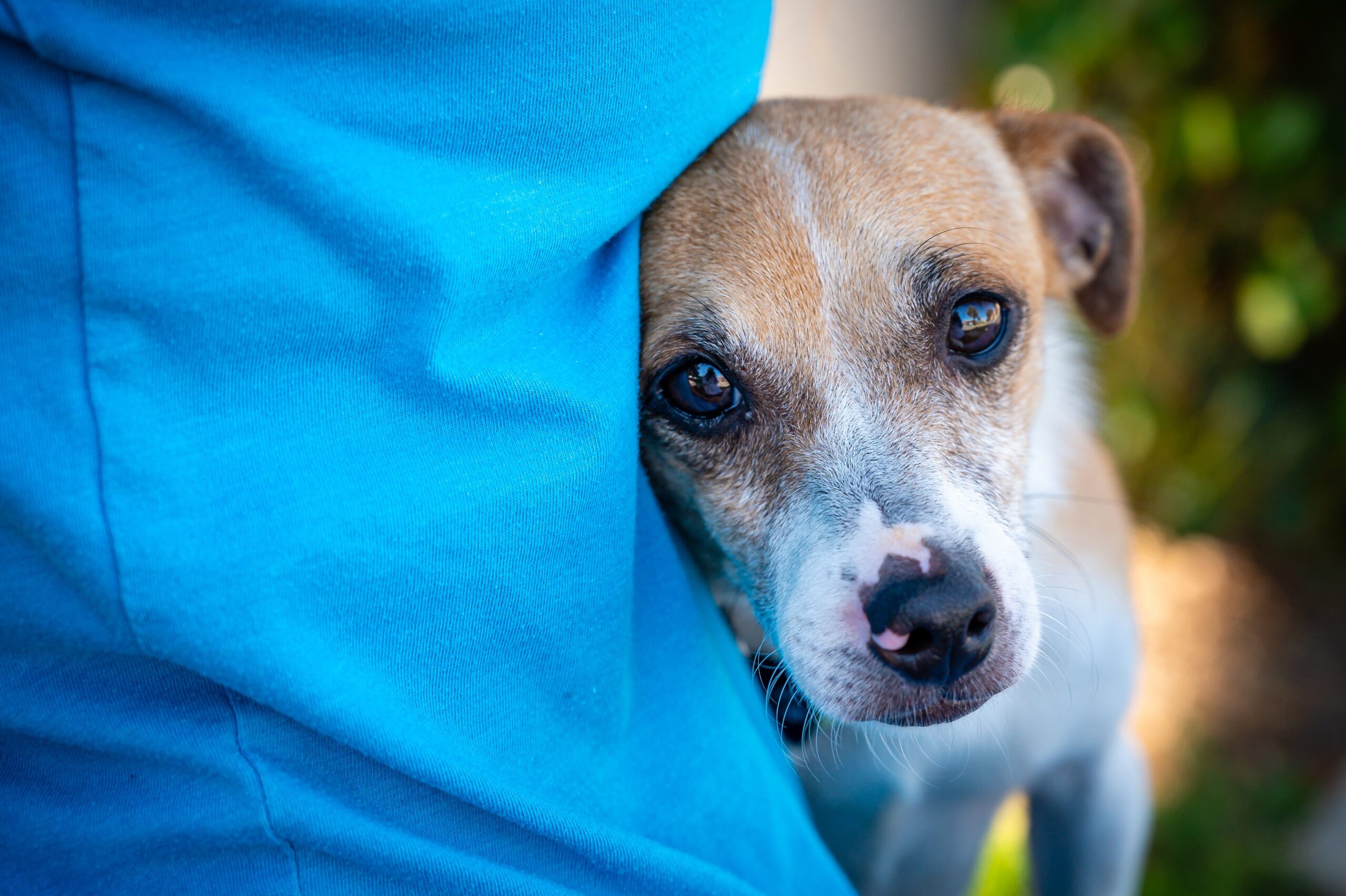You don’t have a clue what your dog is feeling
You don’t have a clue what your dog is feeling. Yes, you heard that right. We all love dogs. Or know someone who does. Some of us might even have dogs in our homes. But do you know that dogs are complicated creatures. Also, they have their own thoughts and emotions. They feel joy and sorrow just like the rest of us. And more often than not, we fail to understand what our pets are going through.

Thus, to help you understand your companions better, here are some of the signs which tell when your dog is going through something. We suppose these could help you understand them better.
They Have a Range of Feelings
Dogs have emotions similar to ours, according to veterinarian Vanessa Spano. They have a brain and neuro-chemistry that is very similar to ours, which is why they can be prescribed similar medications for behavioral issues. Dogs can experience happiness, contentment, excitement, anxiety, and even panic.

They can also have conflicting emotions, enjoying a situation while also feeling apprehensive about it, as explained by Spano. You have to accept this fact. It is the first step to understanding your dog better. Also, dogs will express a range of emotions when they are affected by them.
Subtle Body Cues
Dogs show their emotions through subtle body cues before they make any sounds or actions, according to dog cognition researcher Alexandra Horowitz. She mentioned in an email that dogs visibly display their emotions through their body, so if we pay close attention, we can understand how they are feeling. Also, the first step to acknowledgement is attention.

They Can Be Hard to Decipher
In a recent study published in the journal PLoS ONE, 92 participants were shown short video clips of dogs, humans, and macaques interacting with each other. They were asked to categorize the interactions as neutral, playful, or aggressive, and to predict the outcome of the interaction. Interestingly, the participants struggled the most with identifying aggressive behavior between dogs. Also, they performed worse than if they had randomly guessed, suggesting they had a bias towards assuming dogs are not acting aggressively. However, they were better at identifying playful or neutral interactions. Wiki
You don’t have a clue what your dog is going through
The Tail is Not a Viable Cue
Spano frequently encounters clients who share a common experience: their dog appeared friendly with a wagging tail and eager to approach another dog during a walk. However, once they reached the other dog, their dog unexpectedly snapped and began barking or snarling. It’s important to understand that tail wags alone don’t always indicate friendliness. According to Spano, fearful dogs may pull towards the source of their anxiety because they feel compelled to investigate it.
Gramhir: Take A Quick Tour To Get An Idea About The Popular Instagram Analytics Tool
Happy Dogs
Happy dogs exhibit loose and wiggly behavior. They have relaxed muscles and a flexible posture, with no straight line from nose to tail. Also, their mouths are usually open and their eyes appear soft. Furthermore, while the meaning of ear positions can differ among breeds, a relaxed dog’s ears are neither pointed forward alertly nor pinned back; instead, they rest in a neutral position in between.
When observing a wagging tail, be cautious as it can indicate different emotions. A happy dog’s tail should swing loosely in sweeping arcs and not be held too high or low. Interestingly, studies suggest that happy wags tend to lean towards the right, while uncertain wags tend to lean towards the left.
Signs of Anxiety
Before dogs cower, bark, or snap, they typically display subtle signs of discomfort. These signs include yawning, licking their lips, and raising a single paw. However, it’s important to consider the context. For instance, if your dog has just woken up from a nap, they are likely not yawning due to anxiety. Also, these signs of discomfort can get aggravated further. Thus, you need to address them as fast as possible.
When dogs feel stressed due to a nearby trigger, their bodies become rigid and aligned in a straight line from nose to tail. Also, they may either turn away from the trigger or become fixated and stare at it. Furthermore, their tails and the hair on their backs, known as hackles, may rise up. A low wagging or tucked tail also indicates fear.
How To Use ChatGPT 4: A Guide To Help You Understand The New Model
Asking for Consent
When encountering a dog that appears friendly and wagging its tail, it is important to ask for permission from both the owner and the dog before interacting with them. When petting a dog, you can perform a consent test by petting them for a few seconds and then stopping. Observe if the dog still seems receptive and interested. If the dog turns away, becomes tense, or shows disinterest, it is best to leave them alone.
These are some of the tips which can help you understand your dog better next time.
FAQs
How do I communicate with dogs?
Using verbal commands, markers etc.
How do dogs recognize their owner?
A new study has shown they can recognize their owners by voice alone.

